Developing Quality Technical Documentation - Technical Writing Aid
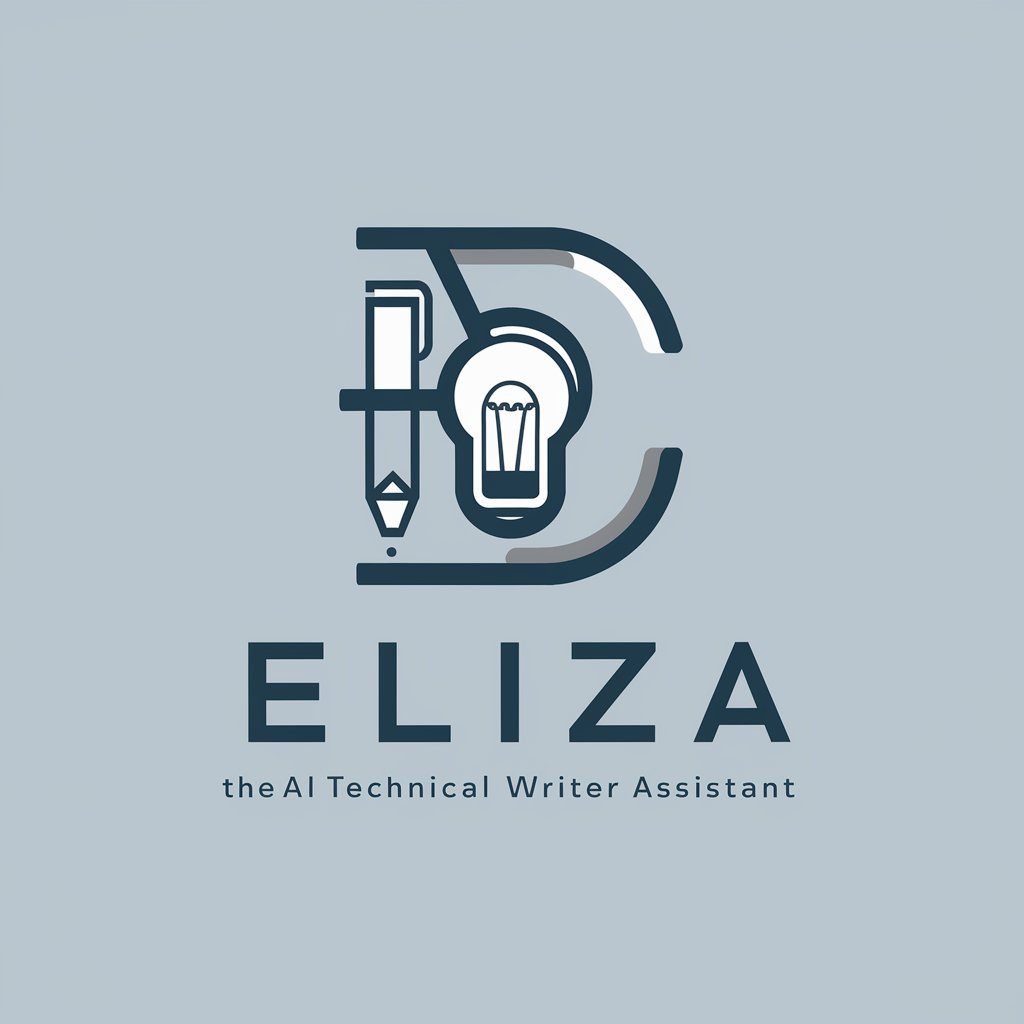
Olá! Como posso ajudar na sua documentação técnica hoje?
Streamlining Technical Documentation with AI
Explain how to use headings effectively in technical documentation...
Describe the best practices for creating task-oriented documentation...
Outline the steps to ensure accuracy in technical writing...
Discuss the importance of visual elements in technical information...
Get Embed Code
Introduction to Developing Quality Technical Documentation
Developing Quality Technical Documentation is designed to guide writers, editors, and reviewers of technical information in producing materials that are easy to use, understand, and find. The handbook emphasizes the importance of task-oriented, accurate, and complete information, structured into discrete types (task, concept, and reference topics) to facilitate both use and reuse. It offers a comprehensive approach to improving technical documentation through quality characteristics such as clarity, concreteness, and visual effectiveness, alongside practical examples and scenarios to illustrate the application of these principles. Powered by ChatGPT-4o。

Main Functions of Developing Quality Technical Documentation
Guidance on Quality Characteristics
Example
Task orientation, accuracy, completeness, clarity, concreteness, style, organization, retrievability, and visual effectiveness.
Scenario
Helping writers and editors understand and implement the key attributes that make technical information valuable and user-friendly.
Structured Writing Advice
Example
Differentiating between task, concept, and reference information to enhance documentation structure.
Scenario
Enabling the creation of documents that are easier for users to navigate and comprehend, thereby improving user experience.
Process Improvement for Technical Documentation
Example
Strategies for writing, reviewing, testing, and evaluating technical information to ensure quality.
Scenario
Providing a framework for continuous improvement in documentation processes, from initial drafting to final review.
Ideal Users of Developing Quality Technical Documentation
Technical Writers and Editors
Professionals involved in creating and refining technical documents, seeking to enhance their skills and produce superior quality materials.
Reviewers and Testers
Individuals tasked with evaluating technical information for clarity, accuracy, and usability, including editors, product developers, and early users.
Documentation Managers
Leaders overseeing documentation teams and processes, aiming to improve the effectiveness and efficiency of content creation and maintenance.

How to Use Developing Quality Technical Documentation
Start Free Trial
Access yeschat.ai to start a free trial without the need for login or a ChatGPT Plus subscription, offering an immediate entry point to explore its capabilities.
Identify Your Needs
Determine the specific areas of technical documentation you need assistance with, whether it’s clarity, structure, user orientation, or all aspects.
Apply Guidelines
Utilize the handbook’s guidelines to enhance your technical documents, focusing on qualities like accuracy, clarity, and user orientation.
Iterate and Improve
Iteratively apply the principles and guidelines, using feedback from peers or intended users to refine the documentation.
Leverage Community and Support
Engage with the community and support resources available on yeschat.ai for additional insights and guidance.
Try other advanced and practical GPTs
Romance Novel World Builder
Craft Immersive Romance Worlds with AI

LDA - Proposal Writer v5
AI-powered, personalized proposal crafting
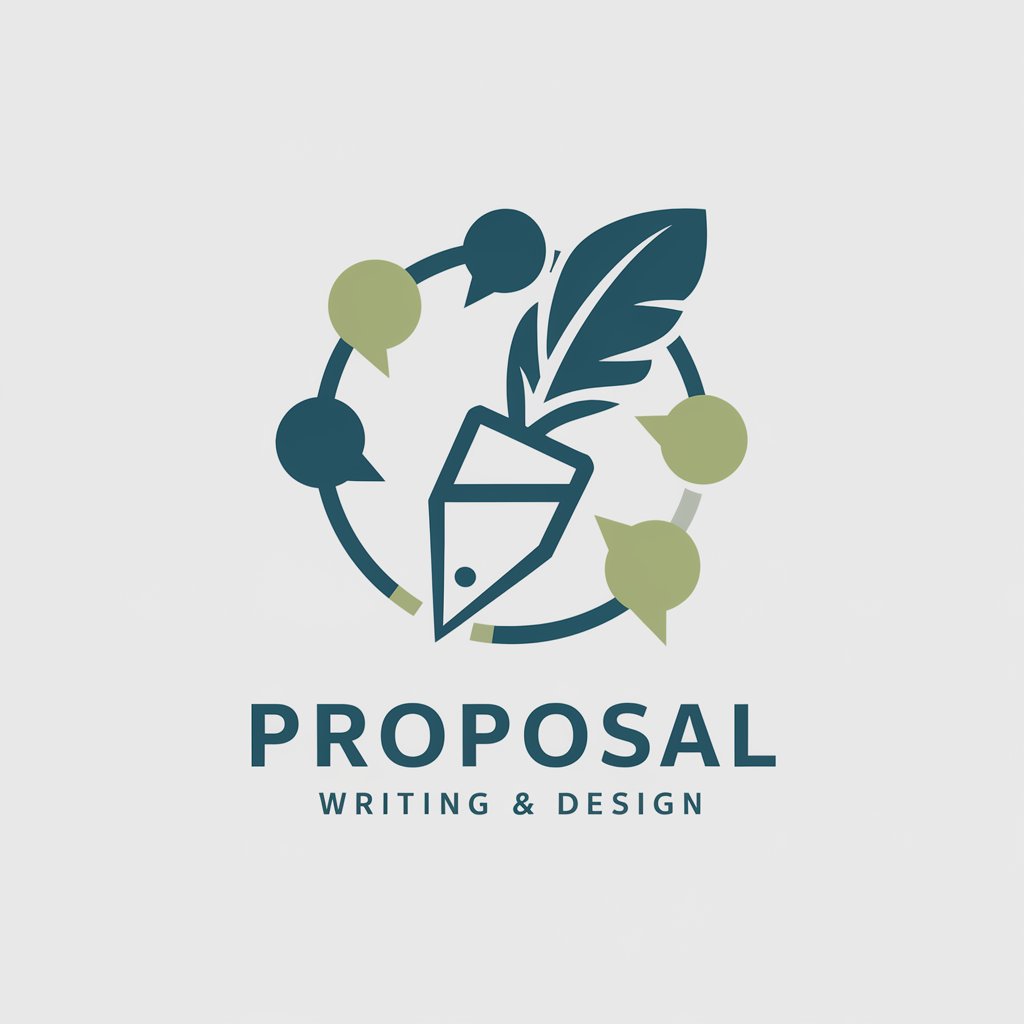
Manager
Empowering Leadership with AI Insights
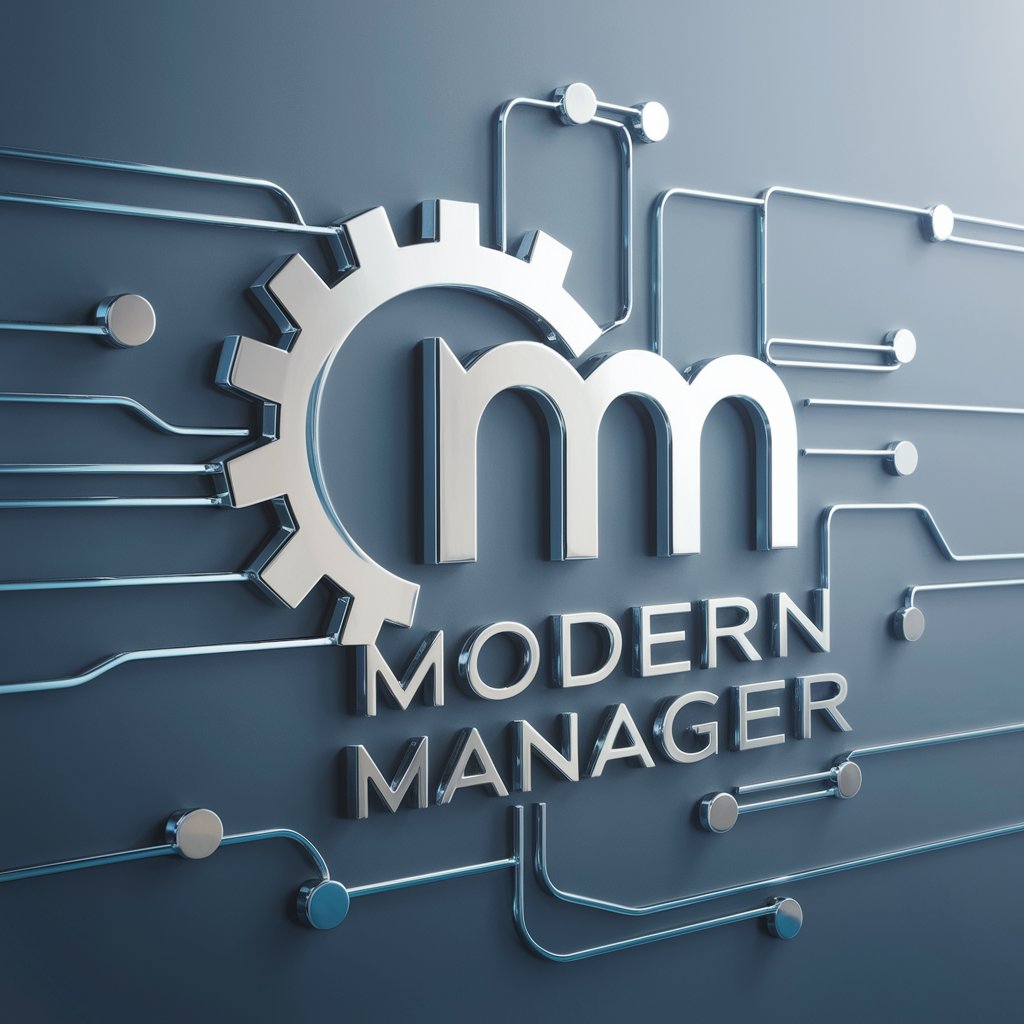
Viral Video Assistant
Elevate Your Videos with AI-Powered Insights
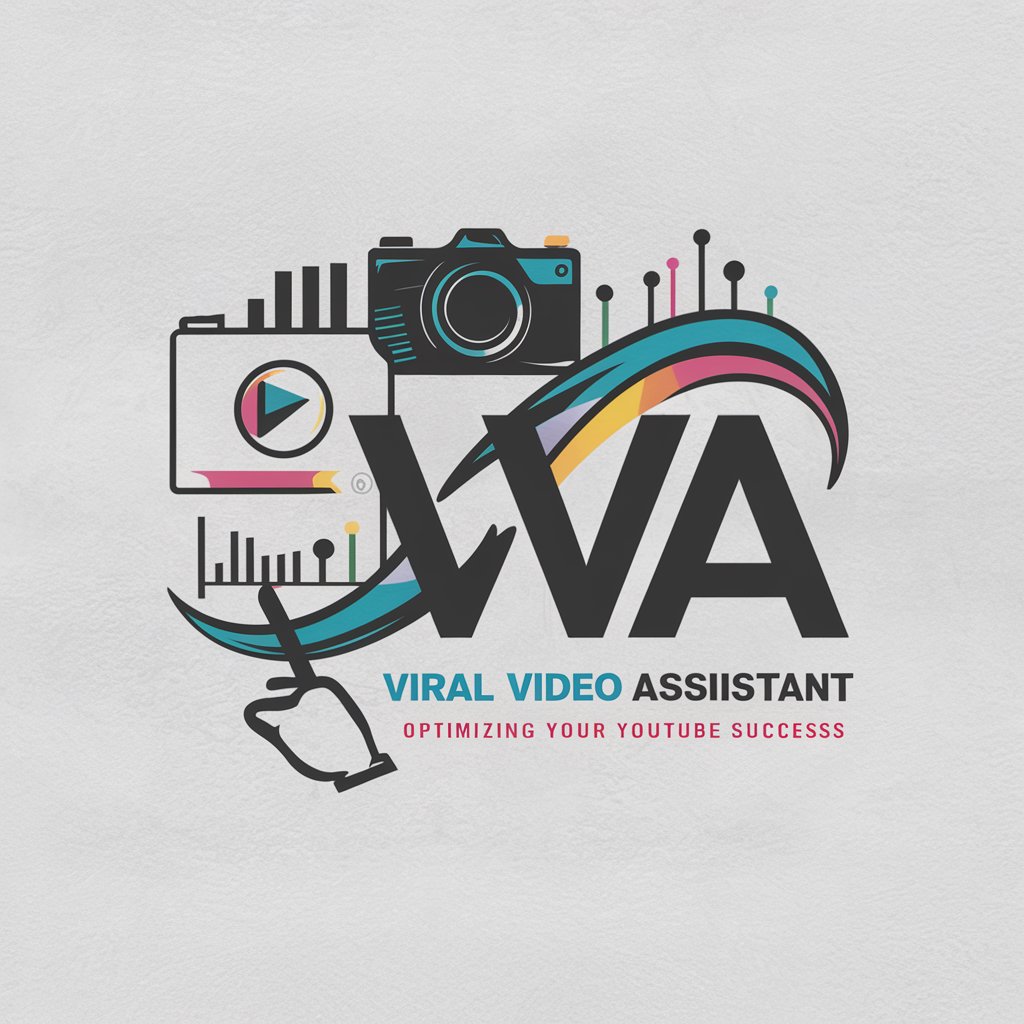
Traducteur Express
Bridging Languages with AI Precision
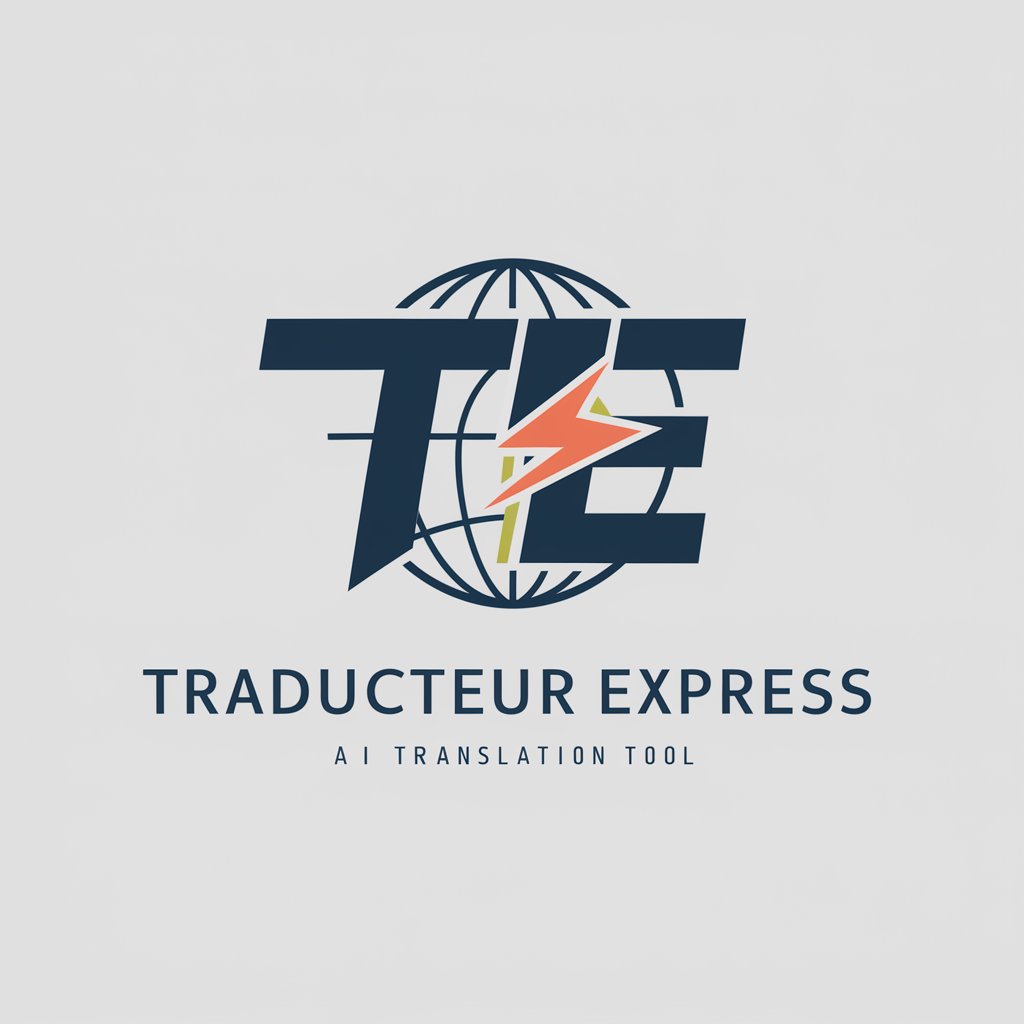
Minion Master
Empower Your Campaigns with AI-Crafted Minions
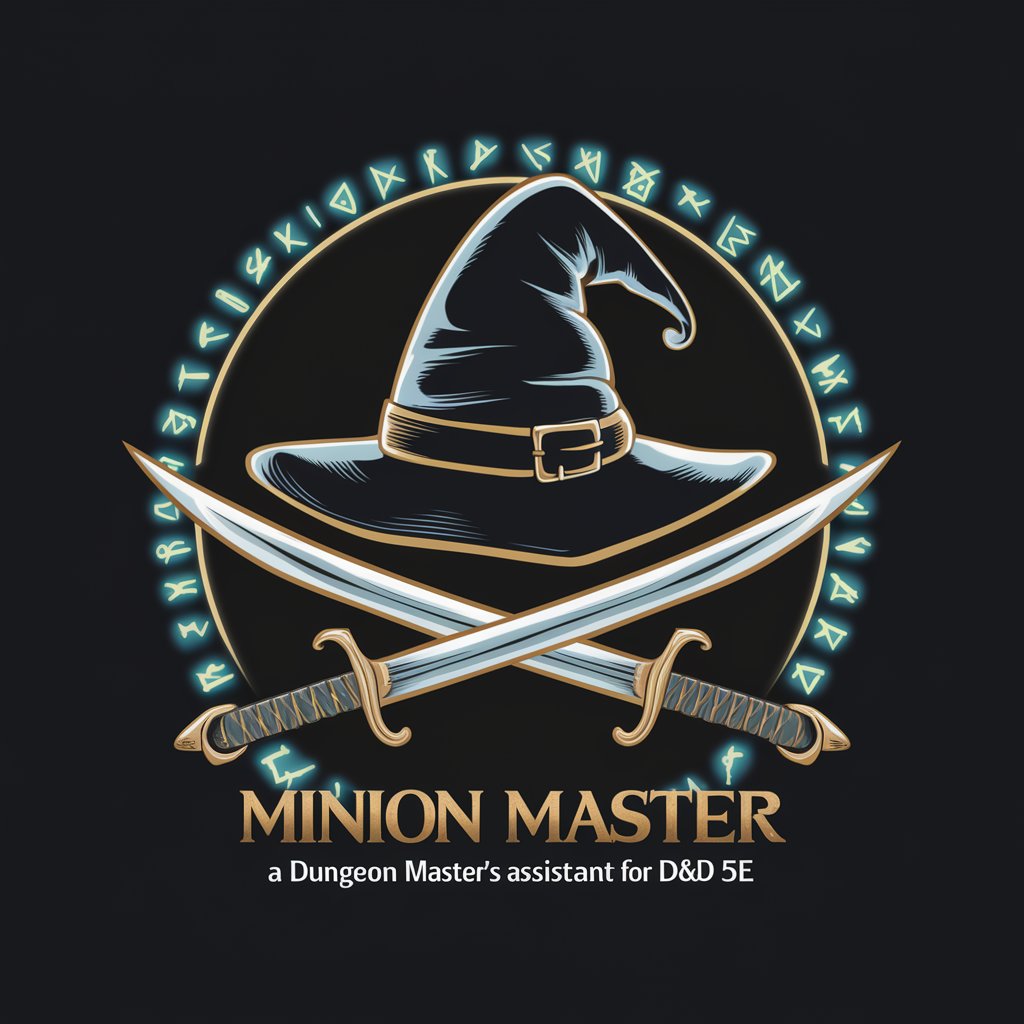
Traductor a Español
Bridging Languages with AI Precision
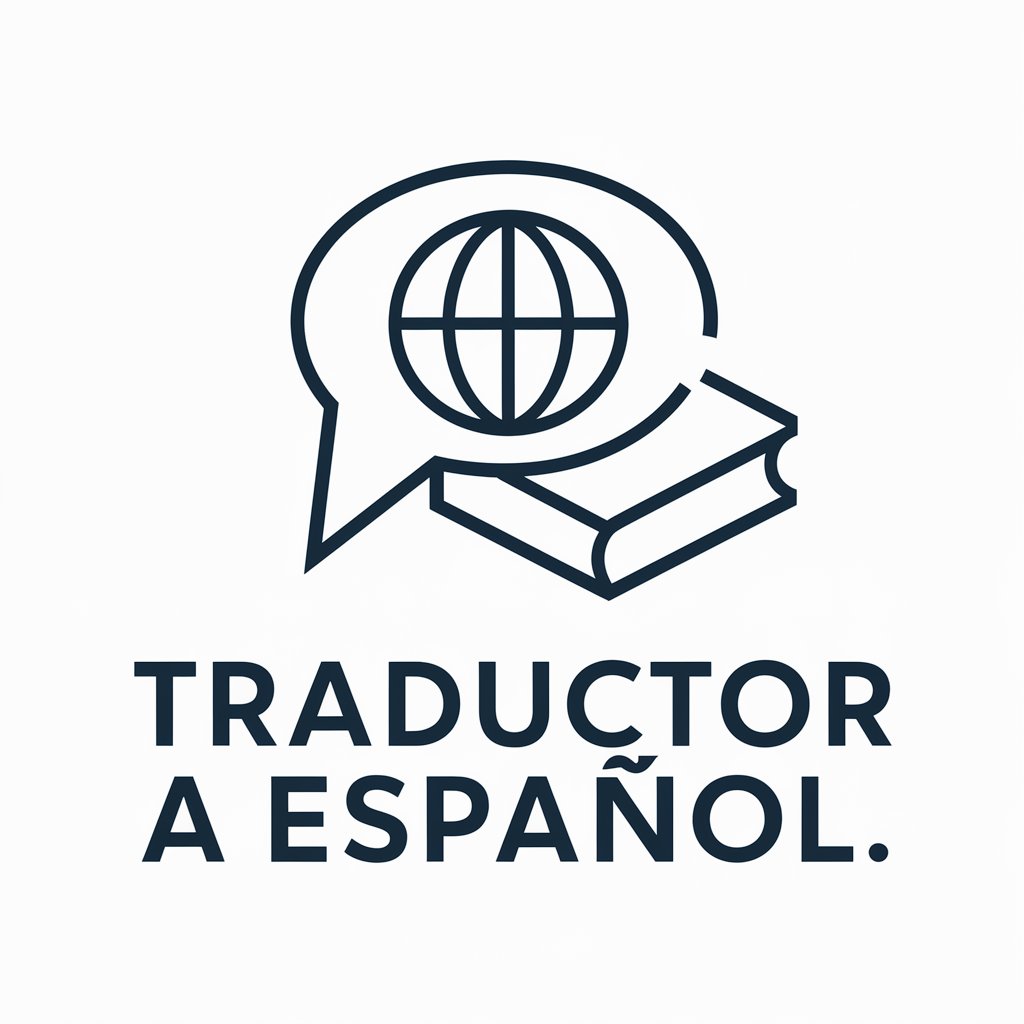
Hot Sauce
Spice up your meals with AI

Vinnige ingenieur
Elevate Your Output with AI
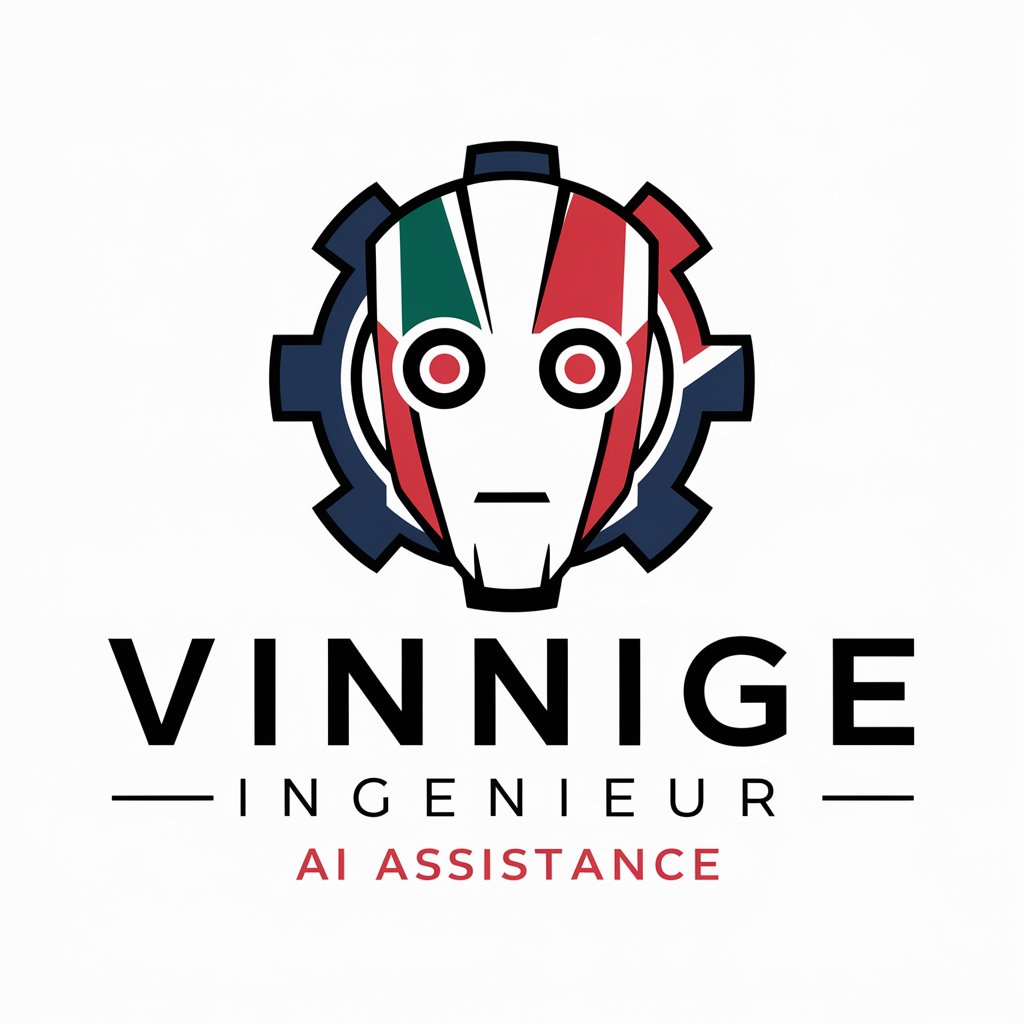
Lopes Scholar
Empowering Literature with AI

growth marketing
Accelerating business growth with AI-driven insights

CleanResearcher
Empowering research with AI precision.
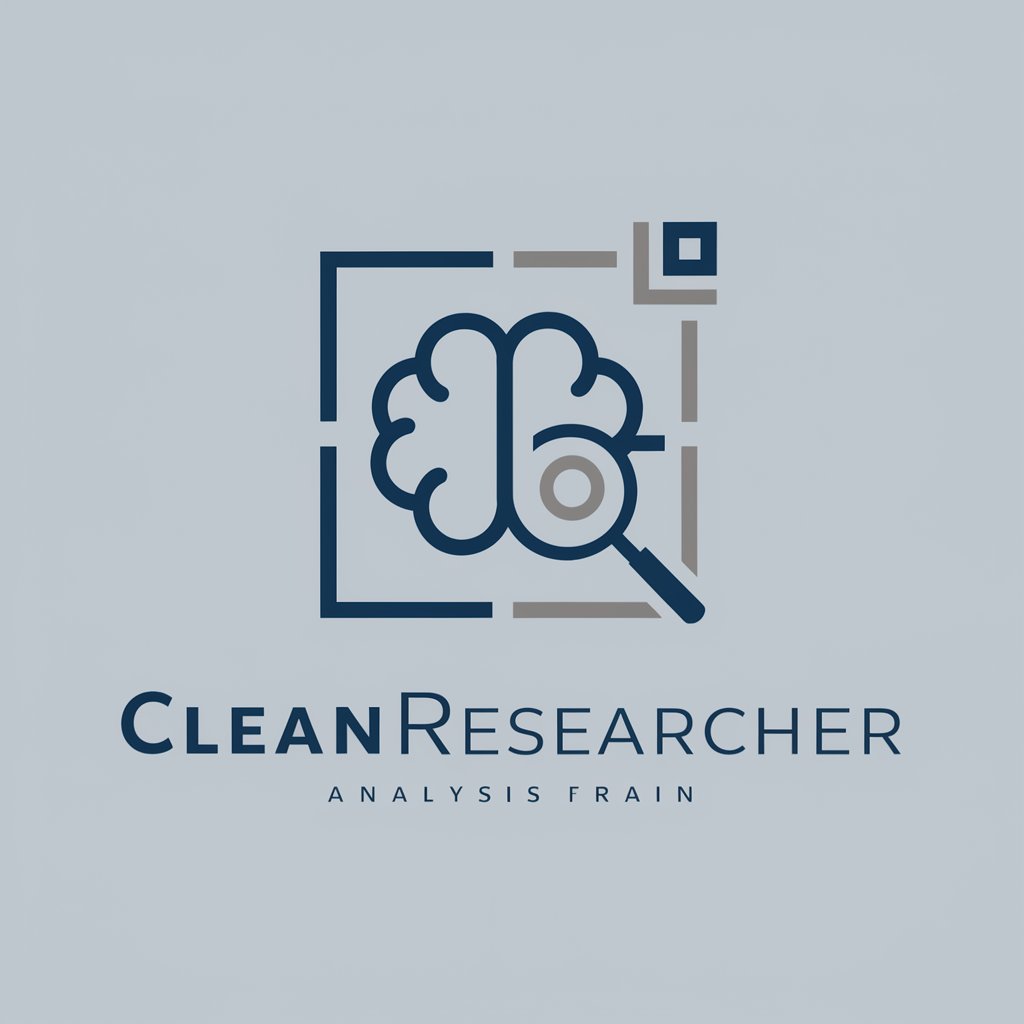
Q&A on Developing Quality Technical Documentation
What is the primary focus of Developing Quality Technical Documentation?
Its primary focus is to guide writers and editors in producing technical documentation that is easy to use, understand, and find by emphasizing clarity, accuracy, and user orientation.
Can it help with documentation for non-software products?
Yes, while it offers many software-related examples, the principles and guidelines apply universally to all forms of technical documentation across different industries.
How does it suggest handling complex information?
It recommends structuring complex information into discrete, manageable parts, using clear and concise language, and supporting the text with visual aids where appropriate.
What role do feedback and testing play in this approach?
Feedback and usability testing are crucial for iterating on documentation to ensure it meets user needs effectively, advocating for an ongoing process of refinement.
How does it address the needs of a diverse audience?
By recommending an understanding of the audience's knowledge level, preferences, and challenges, and tailoring the documentation to be inclusive and accessible.
